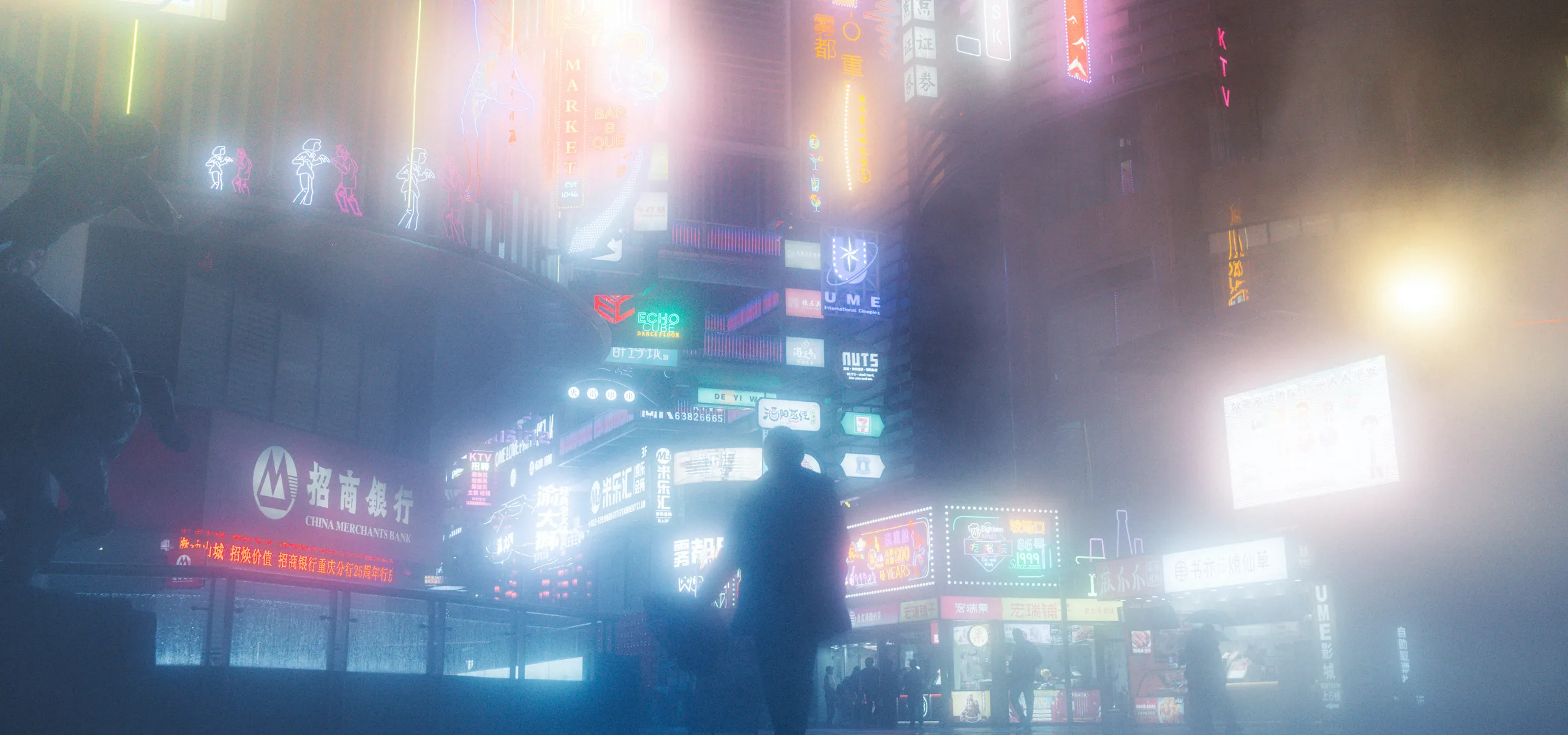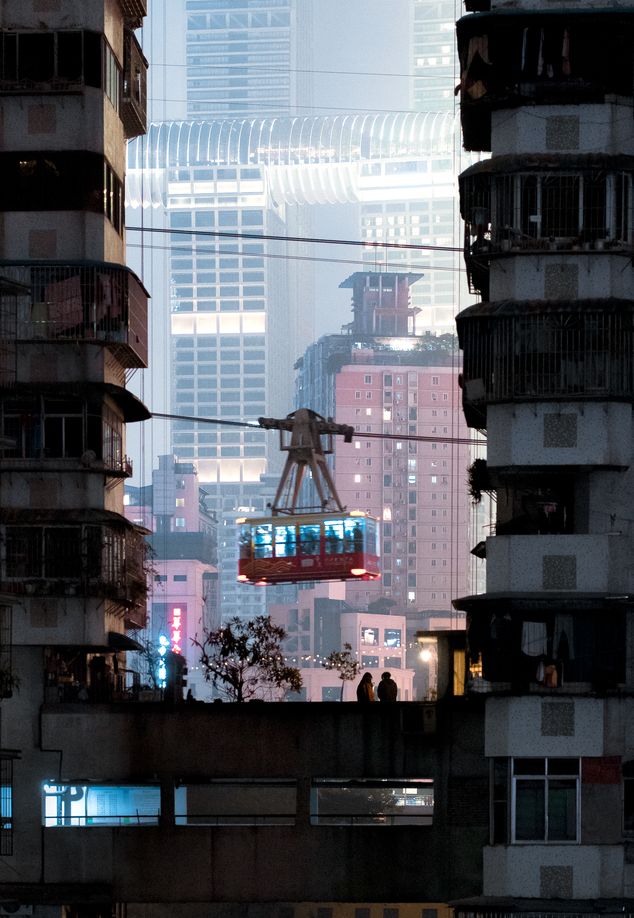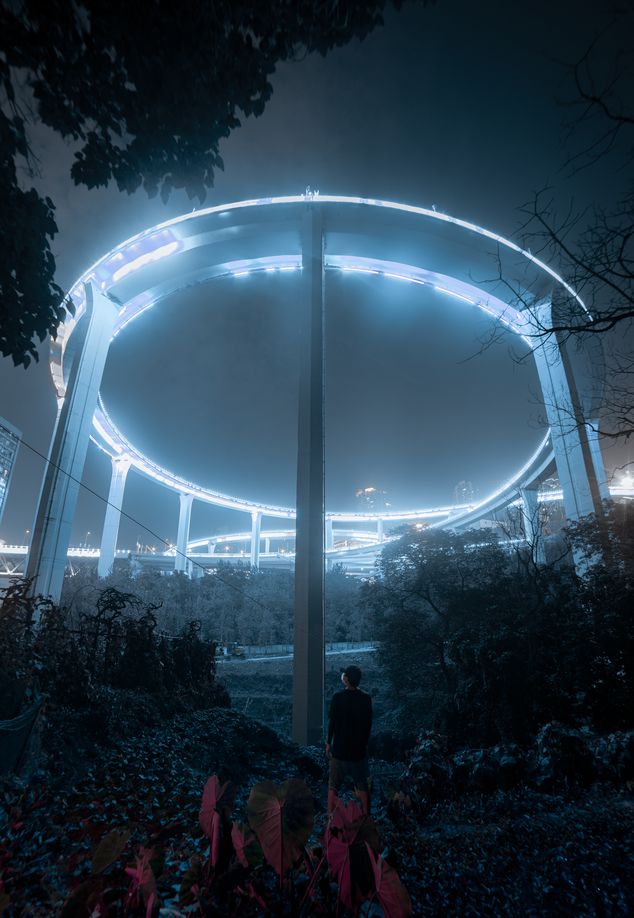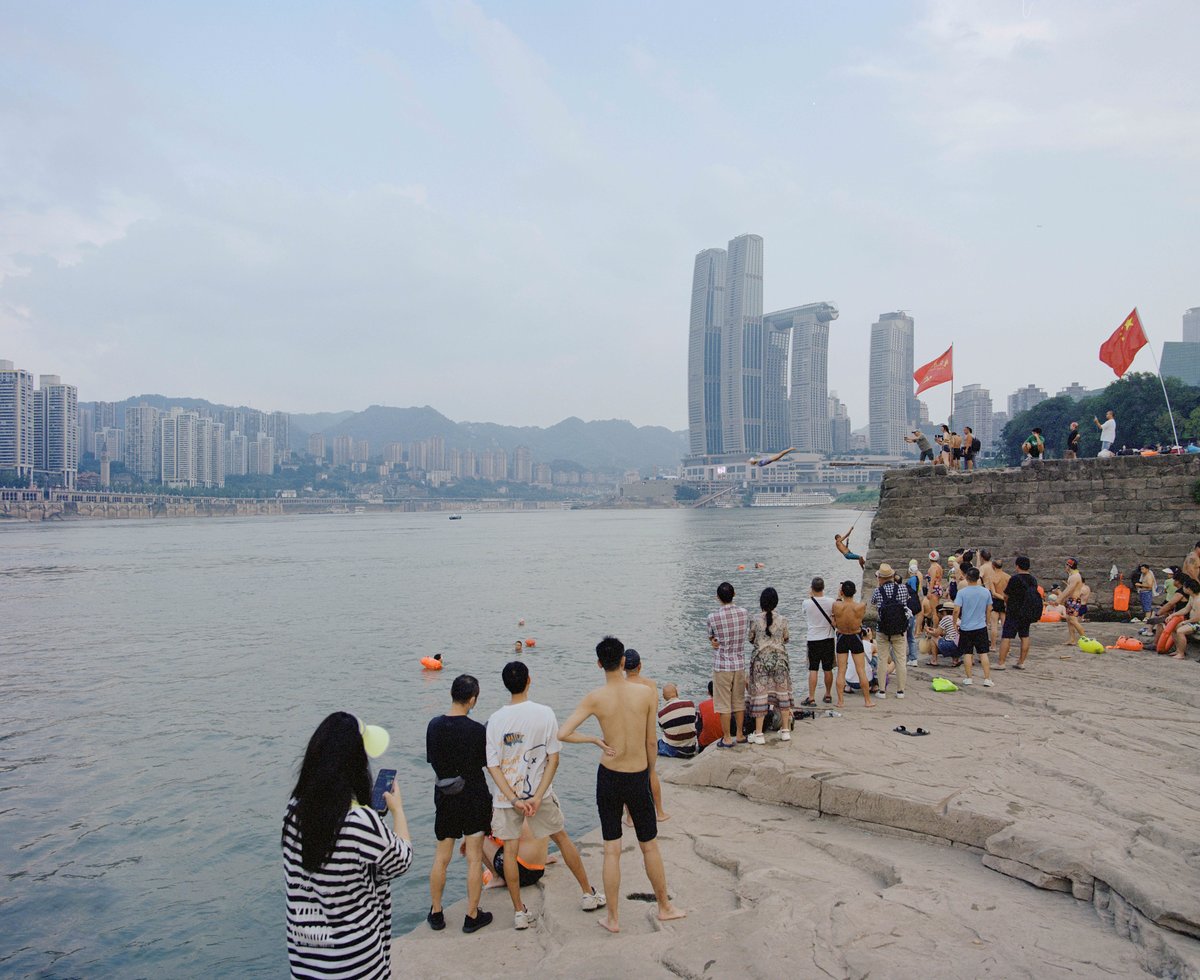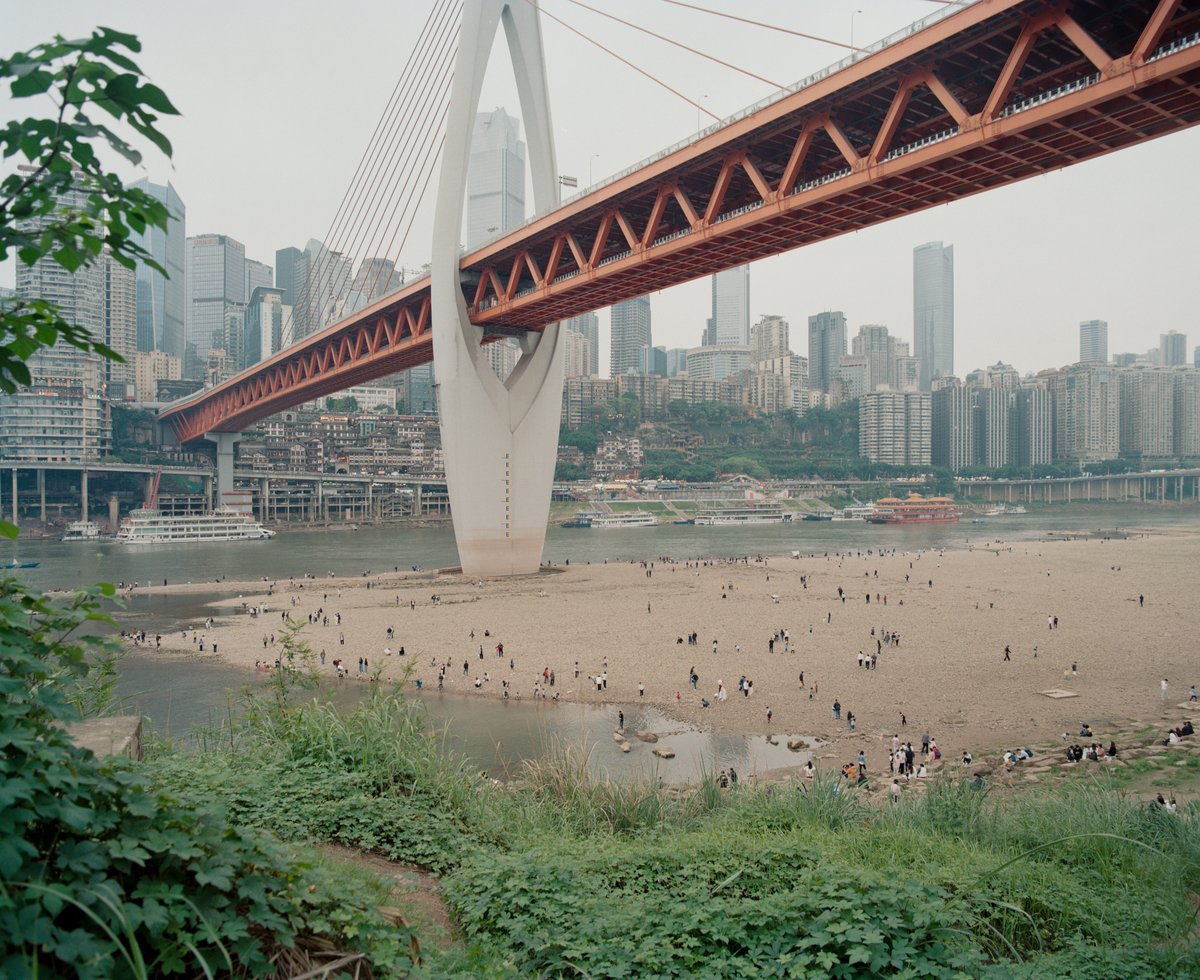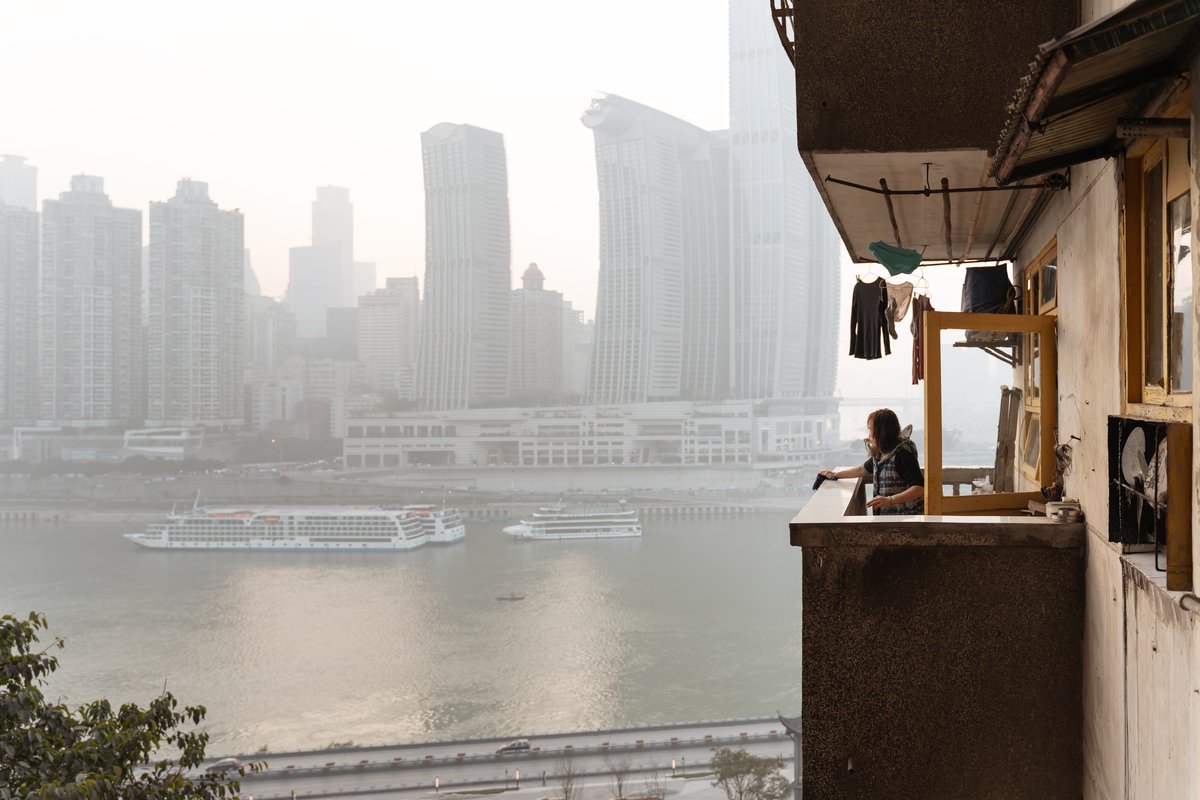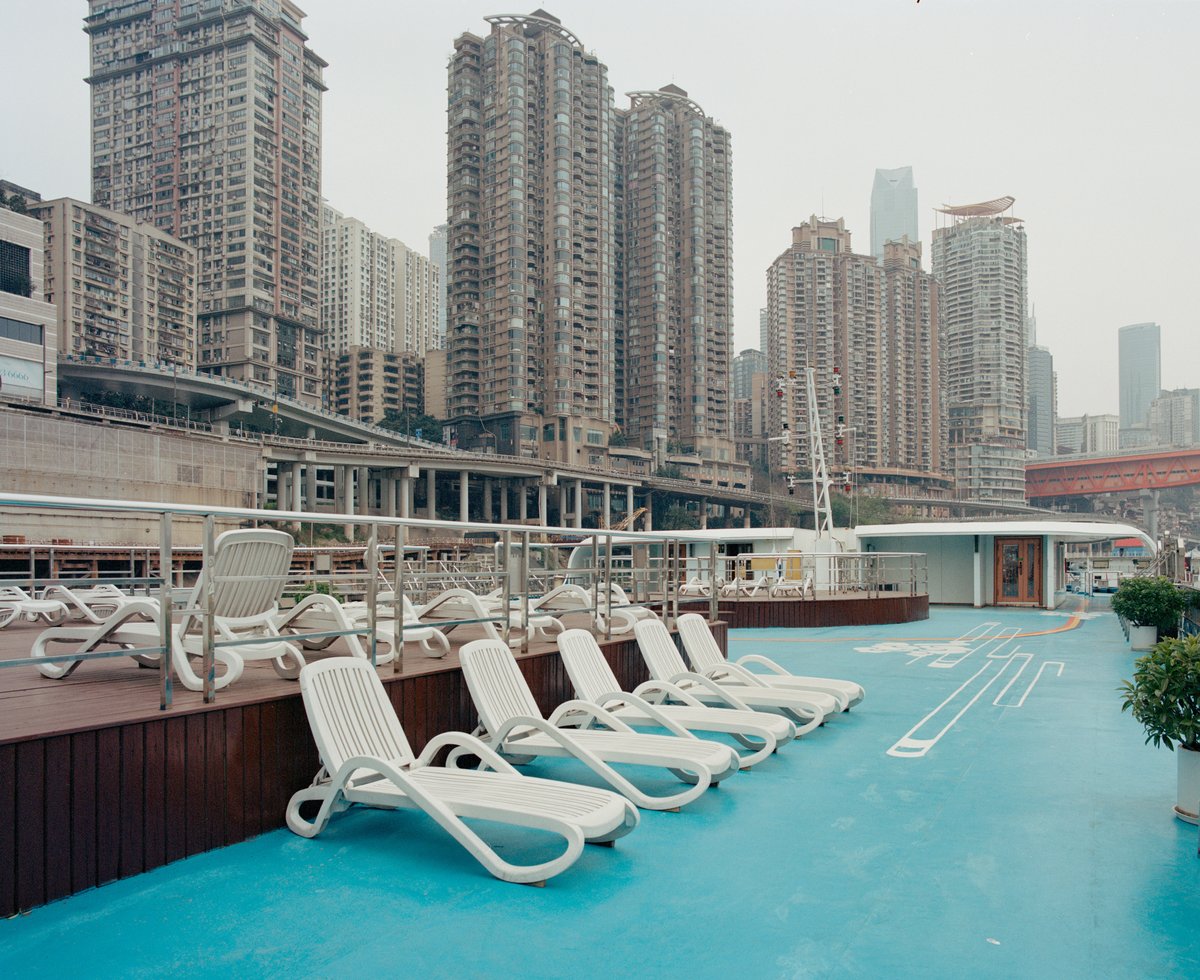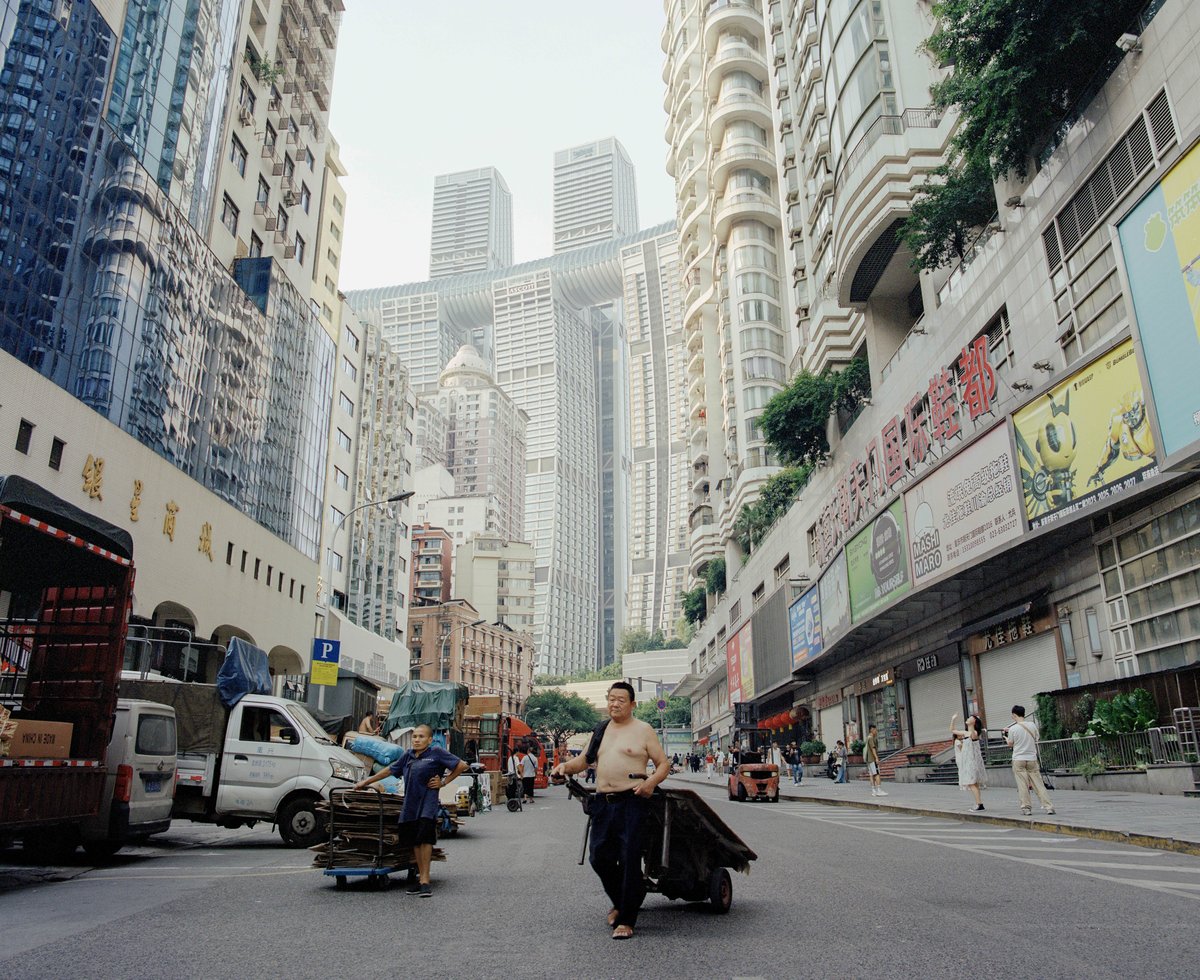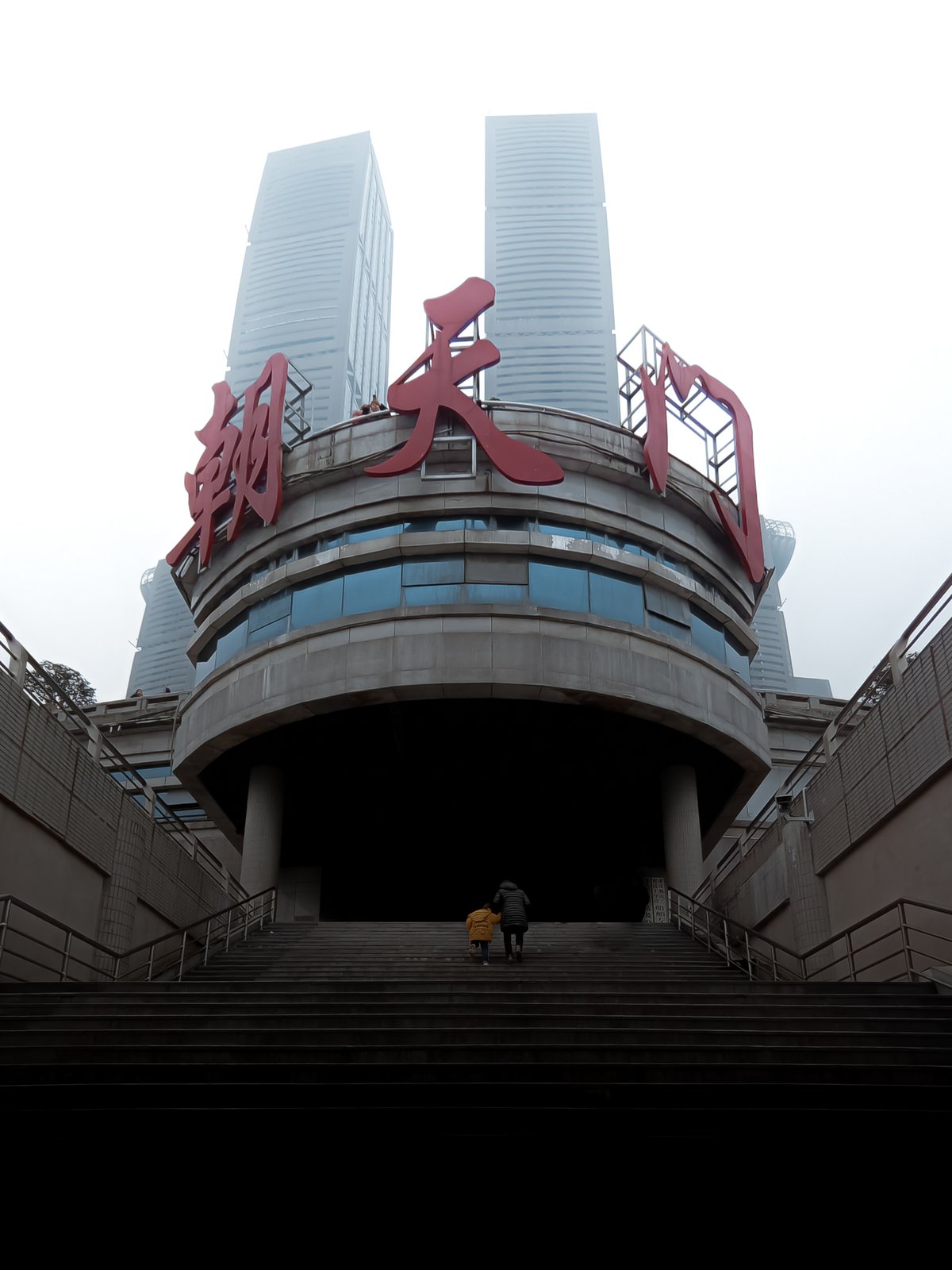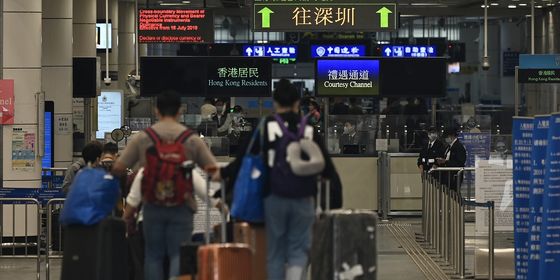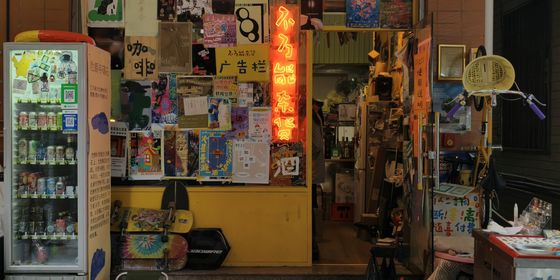Chongqing may be known as China’s cyberpunk capital, but local photographer Tu Ximeng is on a mission to capture the city’s more authentic moments—those often lost in the glowing haze of its futuristic façade
Futuristic skyscrapers and lit-up bridges, trains that pass through the middle of apartment buildings, a cable car that loops 150 feet over the Yangtze River, and shopping warrens that zigzag up the city slopes. This is the imagery that has come to dominate popular depictions of the southwestern megacity of Chongqing, sprawling out from the confluence of the Yangtze and Jialing Rivers, and home to 32 million people. Once China’s World War II capital, Chongqing is now a popular tourist destination and has earned a new reputation as “China’s Cyberpunk Capital.”
But photographer Tu Ximeng, a Chongqing native, is not a fan of the label.
“I don’t think ‘cyberpunk’ is a complimentary word because its original meaning refers to a future where rapid technological and urban development leads to a stark contrast between advanced, futuristic areas and neglected, rundown districts,” explains the 28-year-old. “These broken areas are what give the city that cyberpunk feeling.”
Tu was born in Beibei, a suburban district of Chongqing, and grew up playing along the Jialing River. He began documenting the city in 2016, noticing how quickly it was urbanizing.
Explore more photo stories documenting China’s changing urban landscapes:
- Chronicling the Modern History of Beijing’s Apartment Buildings on Camera
- Doing Business Amid the Dying Detritus of Old Beijing
- Take a Seat in the Kingdom of the Tricycle
With a strong interest in architecture, Tu spent his early photography days capturing the iconic skyline of the mountainous city and soon gained a small following on social media for his work. In early 2021, one of Tu’s photo posts of Chongqing, which he now points to as part of the stereotypical cyberpunk-style depictions of the city, garnered over 5 million views on Weibo.
“I’m happy that people are seeing my work,” says Tu. “But I haven’t shot anything like that since I graduated college [in 2020].”
Instead, he now focuses his lens on the everyday people in the foreground. In his photo series “I Love the River (我爱江河),” which has been displayed around the country, there is no neon gleam, but instead swim-suited men diving through the haze, couples squatting on river bank sand, flooded city streets, and white skies cut through by the silhouettes of infrastructure.
Tu, as a local photographer, plays his own role in this relationship between Chongqing residents and the rivers around them. “I once photographed this guy selling bingfen (ice jelly) under the bridge by the river when I was in college. I ran into him again at the same place in the same month last year. I didn’t remember him, but he recognized me. I took a photo of him with the exact same pose,” says Tu. “The public often overlooks people from lower social classes, so they remember trivial things like this.”
As the tourism industry grows in Chongqing, Tu feels that what makes the city authentic is slowly disappearing. The Raffles City Mall, which opened in 2019 and is now a major landmark at Chongqing’s Chaotianmen dock, was voted the ugliest building in China that same year by industry experts for “brutally trampling on Chongqing’s historical context and violently destroying the city’s environmental scale.” Many locals also voiced similar complaints when the newly renovated Chaotianmen Square was revealed in January this year.
“Chongqing has become very ‘internet-famous’ now. Many of the abandoned lands along the river [a recurring theme in his photography] have been developed into places to drink tea,” Tu tells TWOC. “As a local, I’m not a fan of these changes.”
Photography by: Tu Ximeng (屠栖蒙)
Below the Lights: Photographer Tu Ximeng on a Changing Chongqing is a story from our issue, “New Game.” To read the entire issue, become a subscriber and receive the full magazine.





